Prism Medical UK A-205 User manual
Other Prism Medical UK Medical Equipment manuals
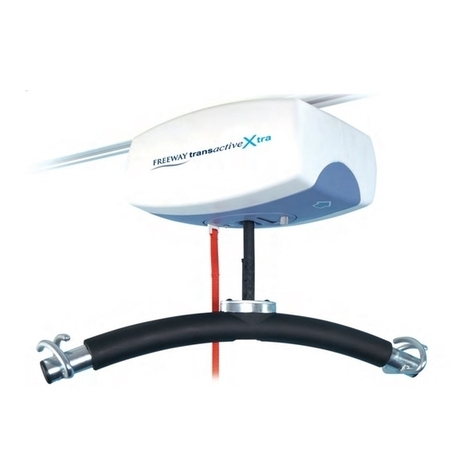
Prism Medical UK
Prism Medical UK transactive tra User manual

Prism Medical UK
Prism Medical UK FREEWAY SA160 User manual
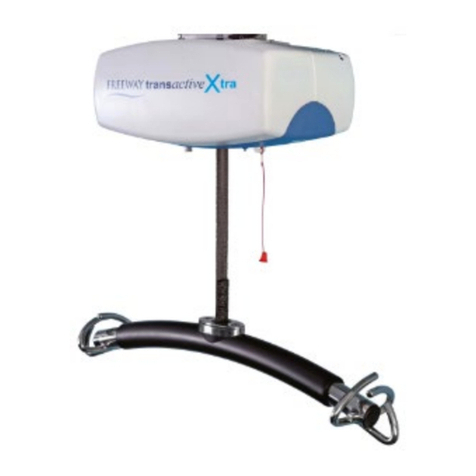
Prism Medical UK
Prism Medical UK Transactive Xtra User manual
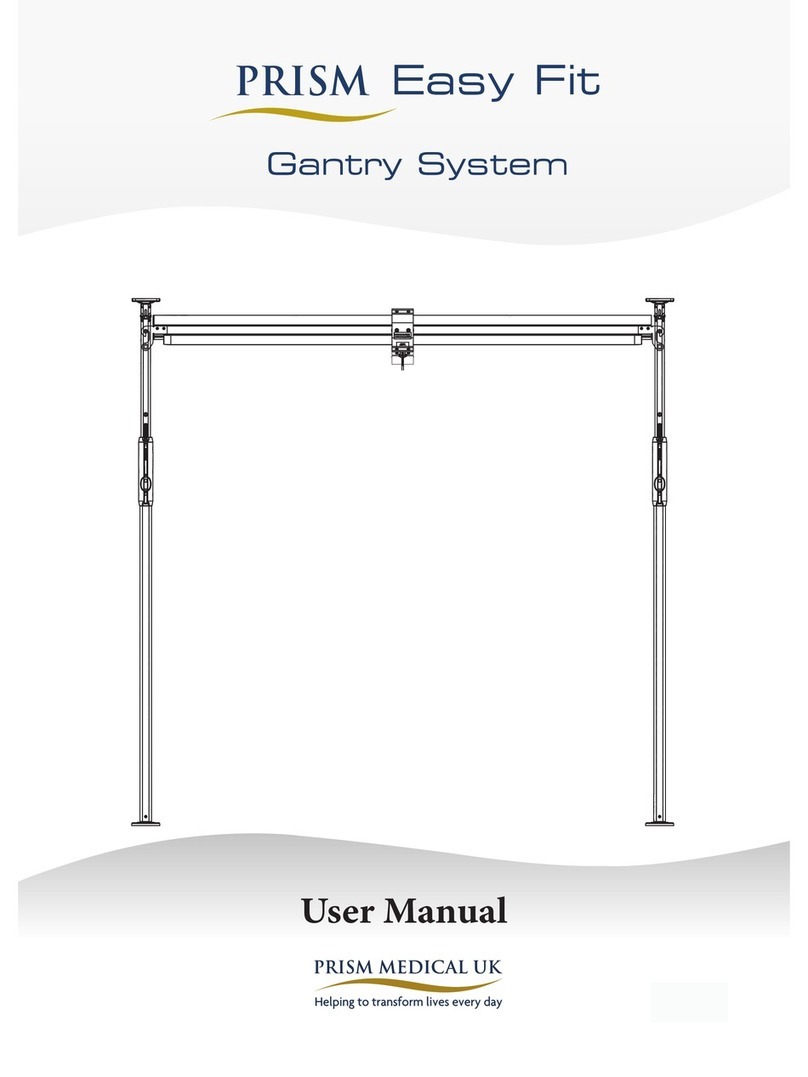
Prism Medical UK
Prism Medical UK Easy Fit User manual
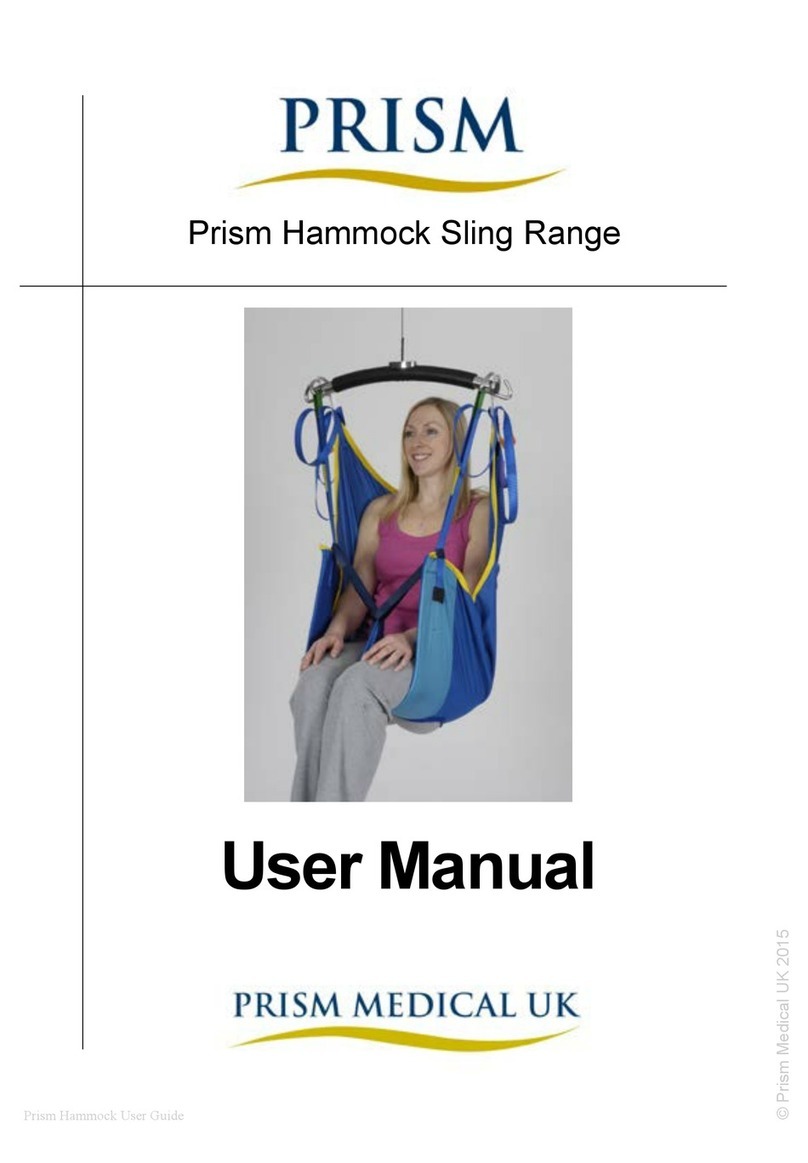
Prism Medical UK
Prism Medical UK Hammock Sling Child User manual
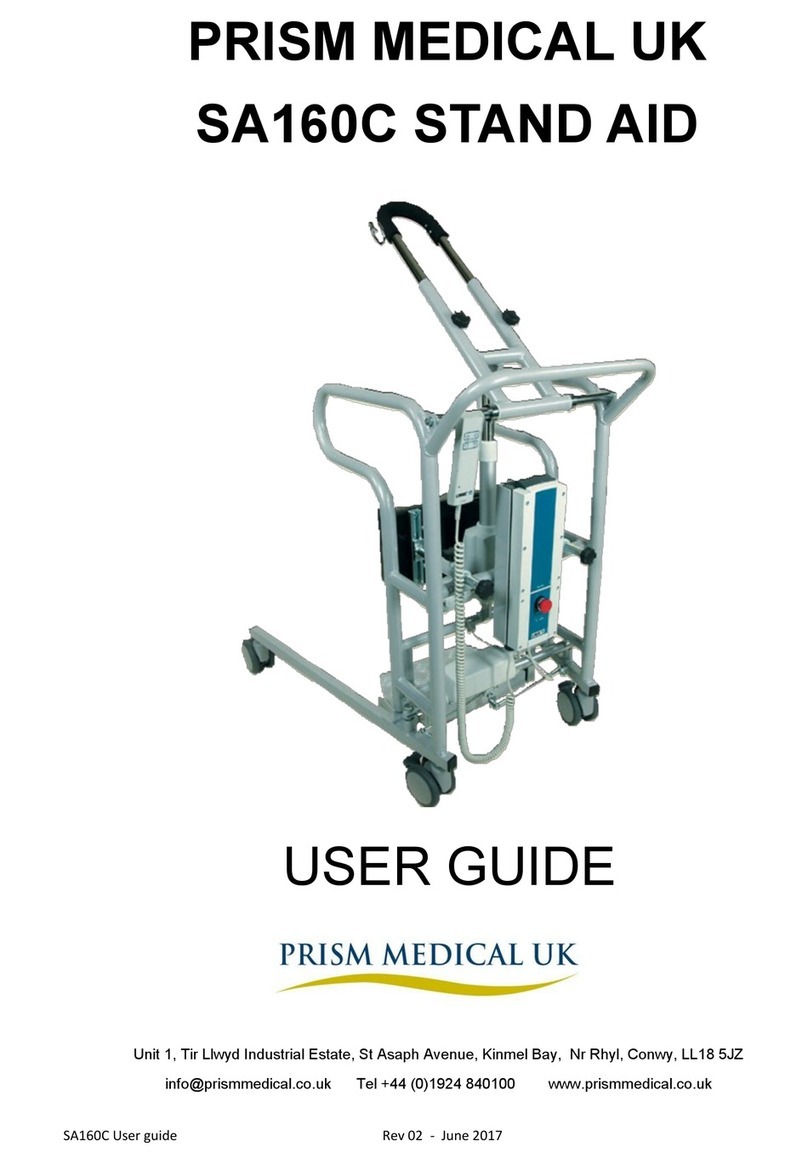
Prism Medical UK
Prism Medical UK SA160C User manual
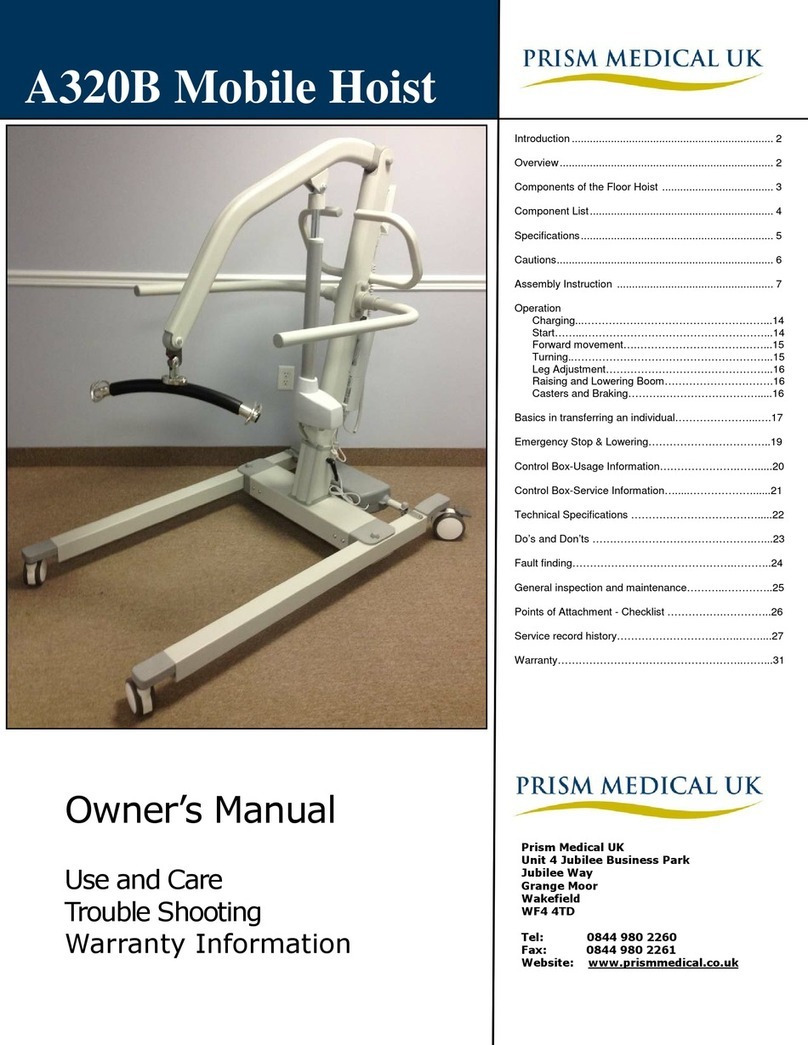
Prism Medical UK
Prism Medical UK A320B User manual
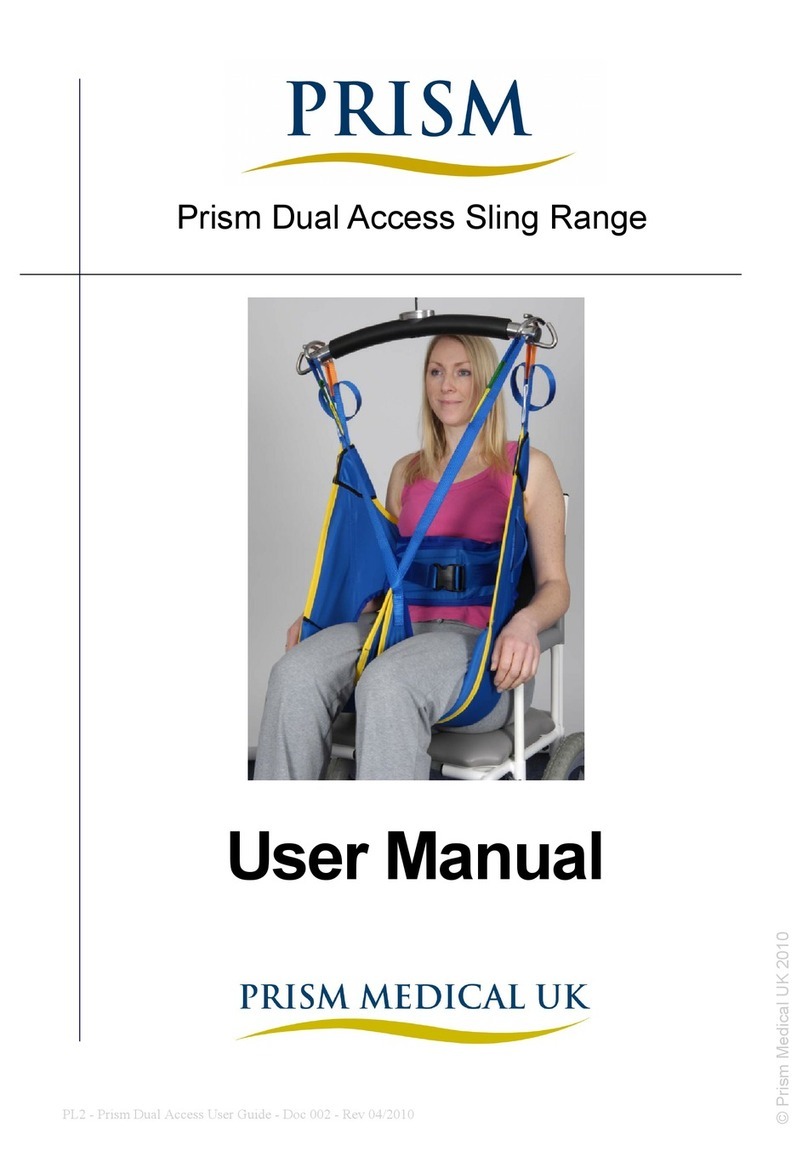
Prism Medical UK
Prism Medical UK Dual Access Sling Child User manual
Popular Medical Equipment manuals by other brands

Getinge
Getinge Arjohuntleigh Nimbus 3 Professional Instructions for use

Mettler Electronics
Mettler Electronics Sonicator 730 Maintenance manual

Pressalit Care
Pressalit Care R1100 Mounting instruction

Denas MS
Denas MS DENAS-T operating manual

bort medical
bort medical ActiveColor quick guide

AccuVein
AccuVein AV400 user manual






























